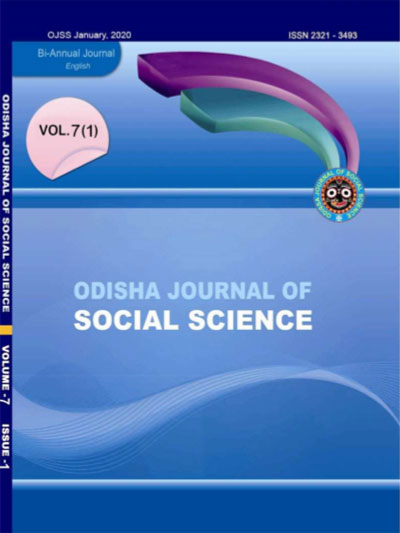
Odisha Journal Of Social Science - V7-IS1
January 2020 - Volume 7 - Issue 1
₹500.00
Parkinson’s disease (PD) is a progressive neurological disorder which results from the deficiency of Dopamine neurotransmitter in the brain, which is primarily responsible for controlling body movements. Thus, PD is specified as a movement disorder and people with this condition experience different motor symptoms such as loss of balance, difficulty in walking, freezing, stiffness/rigidity in muscles, bradykinesia (slowness of movements), stooped posture, etc. But PD is not limited to motor symptoms. People with PD also often experience different non-motor symptoms such as depression, anxiety, hallucinations, difficulty with sleeping, etc. Dance is one of the powerful ways which targets both motor and non-motor symptoms of Parkinson’s and is often aimed at improving the overall quality of life of people with PD and other neurological disorders. Dance has the potential to address many of the challenges faced by patients. For that reason, Dance is growing in popularity for people with Parkinson's and claims have been made for its benefits. The purpose of this report is to describe the multiple benefits individuals with PD can obtain by attending dance class. Furthermore, it is my intention to provide with important points and recommendations to implement a dance program for individuals with PD in their community.
Key Word: Parkinson disease, dance, ballet, movement, stability, balance *Ballet Dancer, Ballet teacher, Choreographer
Buy Now to Read More
Quick Links
Plot No : 2624/3484 , Baragada Canal Colony, BJB Nagar, Bhubaneswar
Dist - Khordha, Odisha , INDIA, Pin : 751014
Get In Touch
Policies
© 2018- 2025 Odisha Journal of Social Science . All Rights Reserved.
